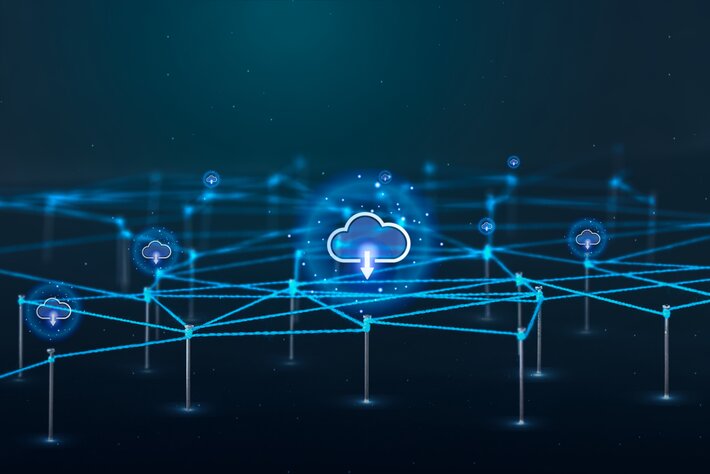According to the McKinsey Global Institute, the Internet of Things (IoT) will have a potential economic impact of $3.9 (£2.8) to $11.1 (£7.7) trillion in 2025, which will amount to approximately 11% of the world economy.
In the midst of this massive growth potential, Gartner also cites that by 2020 more than 25% of identified attacks in enterprises will involve IoT – the “things” in the “internet of” start to loom like shadowy figures in a 1960s Hitchcock movie.
But there’s light at the end of the tunnel. Out of this total economic impact ($11.1 trillion/$7.7 trillion), over half – $9.2 (£6.4) trillion – is expected to positively impact business and worldwide IoT security spending will reach $348 million this year to help prevent attacks, says Kuruvilla Mathew, chief innovation officer at Ness Digital Engineering.
The overriding fear of what these “things” will do creates mystery and uncertainty. It was similar to when the “cloud” first came out. Initially, a lot of people had misconceptions about what it could do and what it meant for businesses, and everything was questioned. This is the phase we’re in with IoT. So, how can businesses beat this fear? How can they understand and realise the value that IoT brings?
Relative to cloud adoption, things are different with IoT as consumers are at the forefront of driving interest in this new technology. The marketplace is buzzing with consumer-facing IoT applications, such as wearable fitness trackers, which seem to be a significant focus of attention.
Consumers themselves seem to understand the value that this connected ecosystem brings, even if they don’t always understand the technicalities behind it. By understanding their end users thoroughly, and looking into their requirements like mapping the customer journey to address gaps in user needs, companies can really start to overcome the fear of the “thing” and understand the IoT’s real value.
Ultimately “simplexity” is what people are searching for from IoT devices and services – a great user experience that is seamless and simple, even though each “thing” has its own nuances that when aggregated with other “things” can lead to a great deal of complexity. These “things” need to deliver convenience, which when delivered will, in turn, help to reduce fear around what this technology means for businesses and consumers.
To work towards this, companies need to look to address common user problems that can have a positive impact on everyday life, such as: “How do I cool down or heat up my house while on my way home?,” and “I’m in a black spot in 4G coverage in my car, and I need to connect to Wi-Fi so my kids can stream YouTube in the back on the long journey.” Companies who focus on consumer needs in this way will see the shadows cast over IoT devices steadily disappear.
To minimise fear, maximising revenue around data monetisation of IoT is key too. Businesses need to marry design (user experience) and software development (engineering) to execute monetisation strategies successfully. A clear example of this is the hyper-personalisation possible through big data analytics. Companies can unleash the power of the data collected via IoT by opening it up to the outside world with APIs versus employing closed systems.
Contextual data gathered through this open system helps to bridge the gap in IoT and opens up new business opportunities. An example from the hotel industry is that contextual data provides a huge potential for up-selling relevant ancillary products and forming partnerships with complementary brands. This can enable seamless booking and billing between devices used in a car, on a plane, while commuting in a taxi, in a restaurant and in a hotel, with priority given to loyal customers too, making them enjoy the customer experience more.
By focusing on the real value of IoT – particularly consumer convenience and data monetisation – businesses can move away from the fear factor. At the end of the day, as Roosevelt said: “There’s nothing to fear but fear itself”.
The author of this blog is Kuruvilla Mathew, chief innovation officer at Ness Digital Engineering
Comment on this article below or via Twitter: @IoTNow_ OR @jcIoTnow










